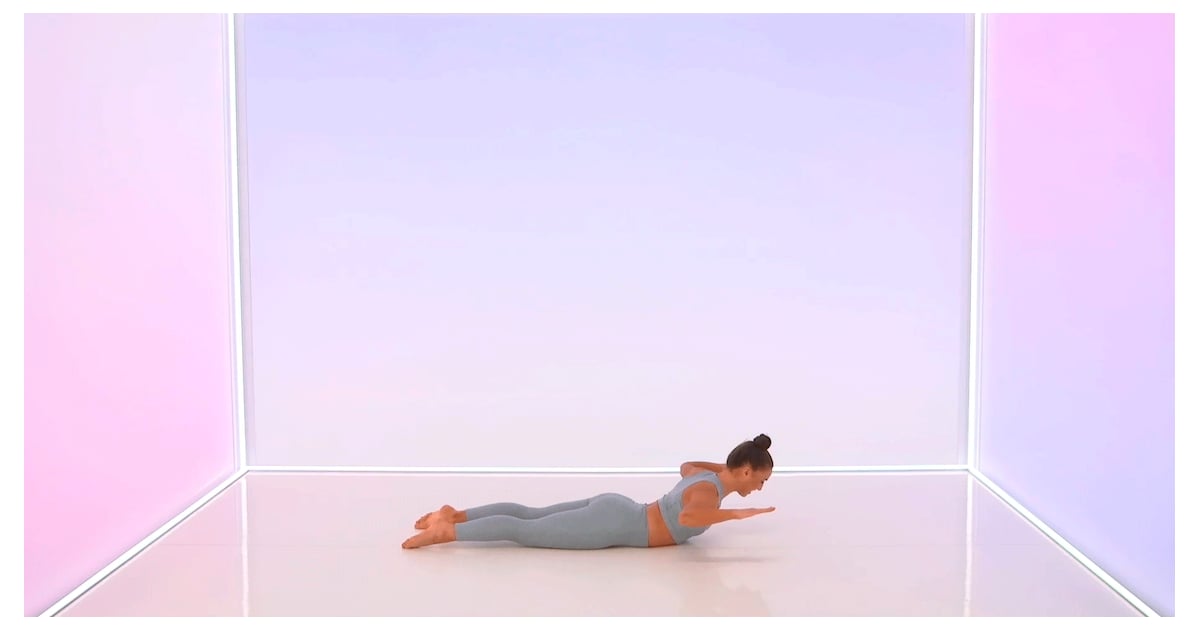 Pilates isn’t an exercise to pass up, especially if you’re on the hunt for a new low-impact exercise to complement your HIIT and cardio-centric routine. Not only does it provide an amazing stretch for tight muscles, improving flexibility, posture, and core strength, but it can even be used to help prevent and manage back pain. In fact, several studies have found a positive link between Pilates and the management of chronic back pain. You don’t even need to step into a studio or onto a reformer to reap the spine and back benefits, either. Just check out these five moves, courtesy of of fitness Pilates instructor Mary Wolff. Perform each move for 30 seconds and repeat the series as you feel comfortable. Try These 5 At-Home Pilates Moves to Prevent Back Pain
Pilates isn’t an exercise to pass up, especially if you’re on the hunt for a new low-impact exercise to complement your HIIT and cardio-centric routine. Not only does it provide an amazing stretch for tight muscles, improving flexibility, posture, and core strength, but it can even be used to help prevent and manage back pain. In fact, several studies have found a positive link between Pilates and the management of chronic back pain. You don’t even need to step into a studio or onto a reformer to reap the spine and back benefits, either. Just check out these five moves, courtesy of of fitness Pilates instructor Mary Wolff. Perform each move for 30 seconds and repeat the series as you feel comfortable. Try These 5 At-Home Pilates Moves to Prevent Back Pain